Hepburn’s laws- training manual
1 Comment“The journey to becoming a champion of super strength begins with obtaining the right kind of knowledge.”
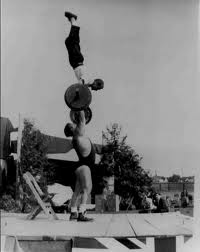 Doug Hepburn’s book on strength training is an excellent text about strongman training from 1980.
Doug Hepburn’s book on strength training is an excellent text about strongman training from 1980.
In it, he lists a few rules which he found to be essential when learning how to get strong.
You may be thinking “what can I learn about strength training from that old geezer? He doesn’t even have a twitter account!”
Well, Naseem Taleb in his book “Anifragile” talks about how things that worked 50 years ago, and continue to work are a good bet (the wheel springs to mind).
Whilst everything in the last 5 years may be packaged and shiny and have a certification attached to it, the underlying principles of the human body have remained the same for far longer.
Here is a summary of Doug Hepburn’s “laws” and how his system complies with them.
- The setting of goals: sets a goal for each workout.
- Positive mental attitude: gives a goal which can be achieved in each workout. Eliminates failure.
- Proper rest and recuperation: provides the right number of workouts per week/ month.
- The correct percentage of maximum weight is used: prevents burning out by avoiding maximum poundages.
- The correct number of reps and sets: gives the ultimate result-producing number of sets and reps.
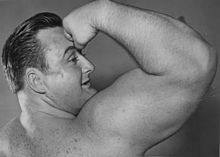 The correct use of muscle pump: gives the correct amount and proper timing for the muscle to be pumped.
The correct use of muscle pump: gives the correct amount and proper timing for the muscle to be pumped.- Prevent over training: not possible with this method.
- Use basic exercises: uses the most result producing exercises: squat, press, bench press, curl, deadlift-row.
- Increase the number of nerve impulses to a given muscle in a given time: Works all types of muscle fibres along a fast-slow continuum in the same workout.
- You never got something for nothing: Hepburn’s system requires effort, resulting in long lasting benefits.
- Avoid illness and injury: By preventing overtraining, helps the body fight disease and heal quickly.
- “Stick to it-iveness” (never give in): All sports build willpower and character.
- Courage and faith: all weight training programmes require these.
Some pretty good points in here that stand up 34 years later. The book is well laid out and offers sound advice on diet, as well as effective planning and recording of progress.
It was good to reread this book and see how my own training programmes compare (The Excelsior 12 week Get Stronger training programme. )
Have you got any “laws” of training that you would like to share? Add comment below please.


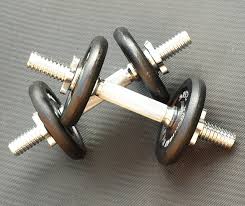 I first started strength training when I was 15 years old. My Dad had given me his old power bar and I started using that in my bedroom doing curls, presses and squats. I had no idea what I was doing, but I was doing something. I worked at my part time jobs for six months to save up for a set of plastic spinlock dumbbells and a flimsy bench with bar rack.
I first started strength training when I was 15 years old. My Dad had given me his old power bar and I started using that in my bedroom doing curls, presses and squats. I had no idea what I was doing, but I was doing something. I worked at my part time jobs for six months to save up for a set of plastic spinlock dumbbells and a flimsy bench with bar rack.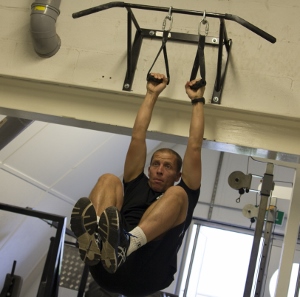 In the intervening 30 years I have been exposed to many different training environments including the Army, Martial Arts, health clubs and Weightlifting. Currently I am working with gymnasts and seeing a whole different side of strength development.
In the intervening 30 years I have been exposed to many different training environments including the Army, Martial Arts, health clubs and Weightlifting. Currently I am working with gymnasts and seeing a whole different side of strength development.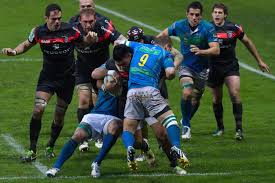 The ruck is specific to rugby union and is where the tackled player is off his feet and tackled to ground. The average ruck lasts in the region of 4 or 5 seconds and therefore the primary physical determinant for success is power. There are over 100 rucks and mauls per game and the ability to maintain the effectiveness in the ruck for the full length of the game is also dependent upon strength endurance and cardiovascular endurance.
The ruck is specific to rugby union and is where the tackled player is off his feet and tackled to ground. The average ruck lasts in the region of 4 or 5 seconds and therefore the primary physical determinant for success is power. There are over 100 rucks and mauls per game and the ability to maintain the effectiveness in the ruck for the full length of the game is also dependent upon strength endurance and cardiovascular endurance.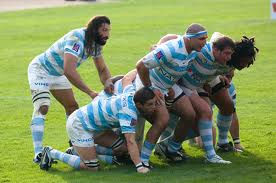 The scrum is common to both rugby league and rugby union but the laws and interpretations of them have diverged so much that there is very little resemblance between the two.
The scrum is common to both rugby league and rugby union but the laws and interpretations of them have diverged so much that there is very little resemblance between the two.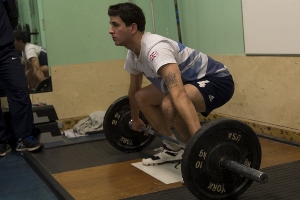 Performance Sports Training
Performance Sports Training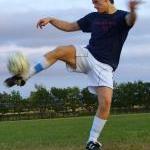 How to use RPE to predict your strength
How to use RPE to predict your strength